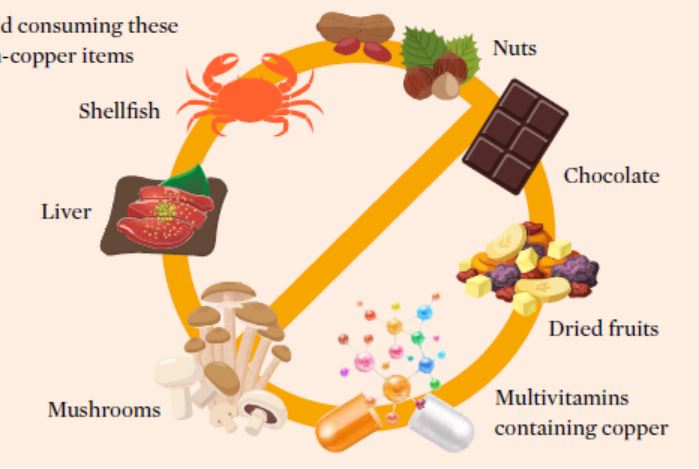On Rare Diseases Day on 28 February, we look at Wilson’s disease. Early diagnosis and treatment of the genetic disorder can help prevent serious long-term disability and life-threatening complications.
Wilson’s disease is due to an inherited defect in the ATP7B gene, which causes copper to accumulate, mostly in the liver and brain. Small amounts of the mineral is needed to stay healthy, but too much can result in brain damage, liver failure or even death.
It is a recessive genetic disorder where both parents must pass on the same abnormal ATP7B gene even if they themselves do not have signs of the disease. People with a family history of Wilson’s disease, especially so-called first-degree relatives like parents or siblings, have a higher chance of getting it. Once it is diagnosed, family members will be asked to check for the disease too.
Telltale signs
Signs of the disease manifest in various organs, usually appearing only when copper has built up in excessive amounts, mostly in the liver, eyes, brain and the central nervous system.
Treatment
- A diet comprising low-copper foods

|
- Avoid consuming these high-copper items

|
- Medications to help remove copper from the body, prevent copper absorption from the intestines

|
Who can get it?
- Family history, especially if parents or siblings have the disease
- Affects men and women equally
- Shows up mostly between 5 and 35 years of age
- 1 in 90 people may be carriers of the disease gene
- Occurs in estimated 1 in 30,000 but 2013 UK study with gene
testing suggests 1 in 7,000
